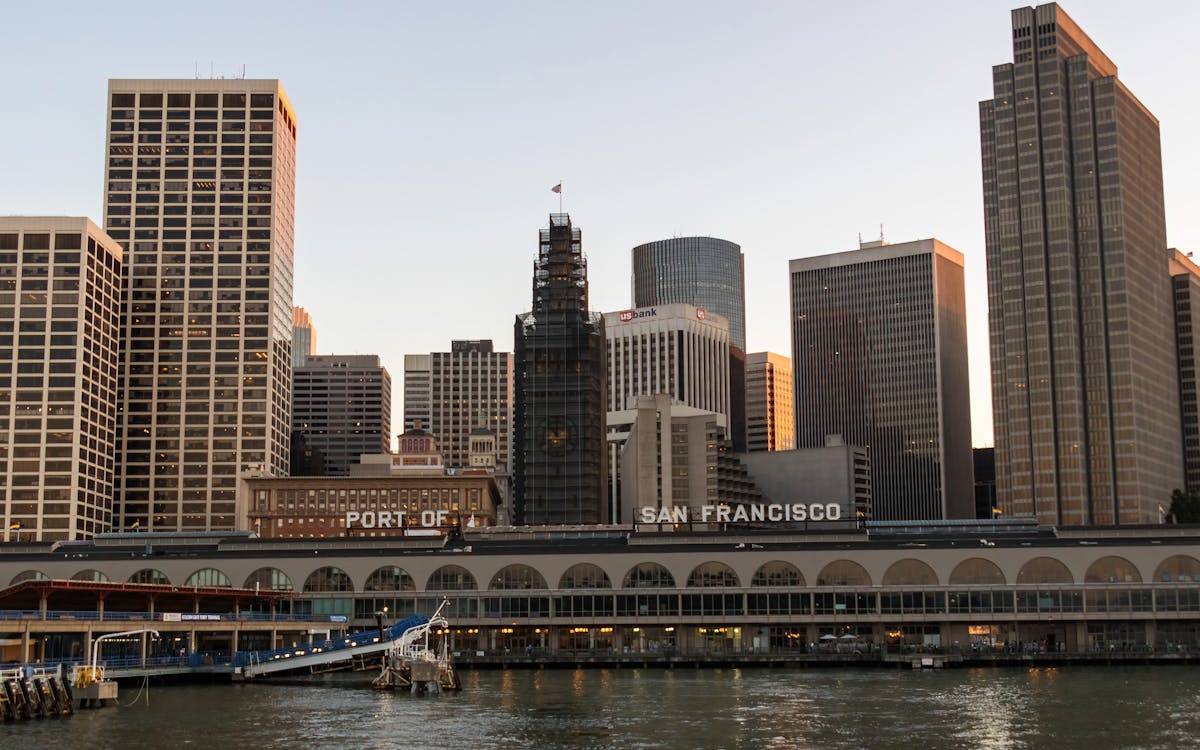
Why Restoration Matters More Than Ever in the Bay Area
Over the last couple of decades, the San Francisco Bay has actually weathered the influence of city development, commercial growth, and environment modification. Once teeming with wild animals and rich wetlands, a number of the bay's natural communities have been fragmented or degraded. Yet amid these challenges, something remarkable is occurring: neighborhood homeowners, volunteers, and grassroots efforts are leading a wave of environmental reconstruction that's bringing new life back to the Bay.
Reconstruction isn't almost planting trees or tidying up trash, though those initiatives are very important. It's about restoring the foundations of life, from marsh yards that support fish nurseries to coastline buffers that defend against flooding. And in this area, the power of neighborhood participation is turning the trend very reasonably.
From Marshland to Miracle: The Return of Native Habitats
Among the most visible adjustments happening in the Bay Area is the re-emergence of indigenous habitats. Marshes that were when drained or led over are being rehydrated and replanted. Grasses and hedges aboriginal to the area are being cultivated by community groups, that typically rely upon regional volunteers to assist expand seedlings and handle regulated planting events.
These indigenous plants do greater than add plant to the landscape. They offer refuge to migratory birds, pollinators, and small mammals, creating pockets of biodiversity in the middle of busy metropolitan zones. As these habitats broaden, so does the environmental health and wellness of the Bay itself. When neighborhood homeowners take time out of their weekends to obtain their hands in the soil, they're not simply growing-- they're participating in the reconstruction of a living, breathing ecosystem.
The Role of Education in Fostering Environmental Stewards
Education plays a crucial part in why these community-led efforts are functioning so well. Schools, community facilities, and nonprofit teams are arranging hands-on learning experiences where individuals of any ages can understand the science and relevance of remediation. These programs usually bring people in person with problems like erosion, pollution, and sea level increase-- topics that can really feel abstract until they're seen up close.
When a person sees the delicate balance of an estuary or finds out exactly how a single plant species can filter toxins from the water, the value of that understanding becomes individual. And with that understanding comes the inspiration to act. Recovering ecosystems ends up being less of a job and more of a goal. This deep connection to neighborhood rooms is what sets the Bay Area apart and gas the lasting success of these initiatives.
Harnessing the Digital World to Drive Real-World Change
Remarkably, the push to heal the Bay's environments isn't taking place in isolation from the electronic world. Innovation is coming to be a powerful device in rallying support, spreading recognition, and linking communities. Whether via citizen scientific research applications that track indigenous varieties or neighborhood discussion forums organizing remediation events, the online area is matching boots-on-the-ground activity.
In recent times, also local outreach methods have advanced. For instance, a social media marketing agency in the Bay Area might support environmental campaigns by assisting volunteers amplify their effect, tell their stories, and influence others to get entailed. These digital touchpoints have the power to transform a small weekend break cleaning right into a regional motion simply by allowing people recognize it's happening-- and that it matters.
Email Campaigns That Inspire and Inform Local Change-Makers
Another digital approach making a substantial difference is email communication. Updates regarding reconstruction events, seasonal planting initiatives, and contribution drives are commonly shared through very carefully crafted newsletters that strike a balance between being useful and motivating. It's not unusual published here for a well-timed project from an email marketing agency in San Francisco to bring a rush of volunteers or donations to a task in need.
These email campaigns aren't simply transactional-- they're transformative. By educating customers regarding the direct effect their participation has, they support long-term involvement. Readers involve seem like stakeholders in the wellness of their area, and that emotional link translates to lasting dedication.
The Unseen Work of Connecting Data, Communities, and Nature
Behind every successful reconstruction task lies a complicated internet of coordination. There's study to understand what environments require most, area responses to form comprehensive plans, and follow-up tracking to guarantee success. This kind of ongoing effort frequently requires not just heart, but data, technique, and communication.
That's where the support of a digital marketing company in the Bay Area can make a quiet but vital difference. By helping organizations develop strong digital systems, collect insights, and improve their messaging, these teams enable community teams to scale their influence. The outcome is a much more linked and reliable movement, where every action counts, and everyone seems like they're part of something larger.
The Power of People in Preserving the Bay's Future
If there's one thing the Bay Area has proven, it's that restoration doesn't need to start with big institutions or massive budgets. It can begin with one neighbor drawing weeds from a path, one student planting an indigenous seedling, or one family showing up to a shoreline clean-up. These small activities add up, especially when they're sustained by smart strategies and shown to the broader area.
There's something distinctively enthusiastic concerning seeing the tides turn-- both figuratively and essentially-- in favor of nature. The Bay is far from fully brought back, yet it's being revived everyday via the perseverance and treatment of those that call this location home. With each marsh rebuilt and each native varieties secured, we're not simply restoring environments-- we're picturing what's feasible when areas lead with purpose.
Keep following this blog for more tales on regional modification, area effect, and the means you can be part of shielding the natural beauty that borders us.